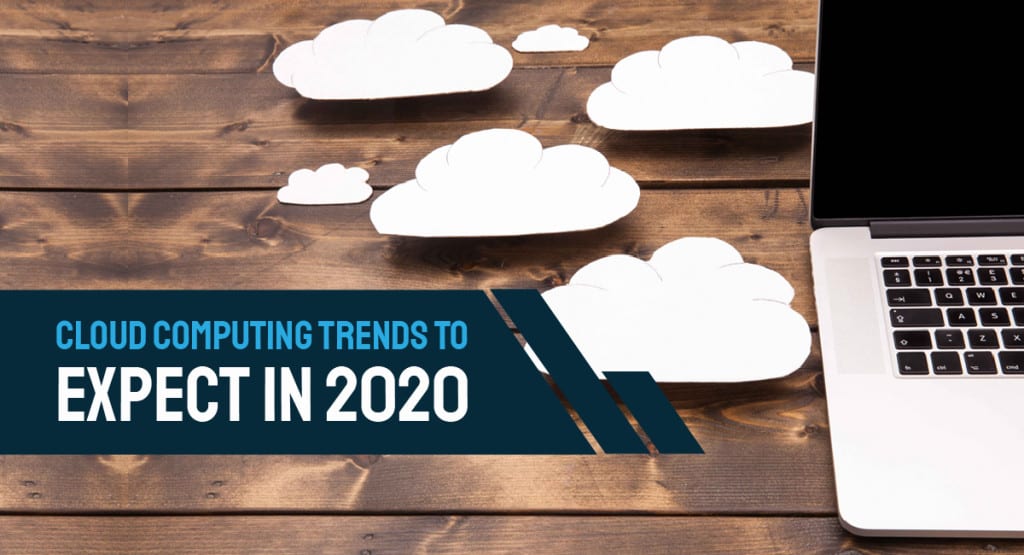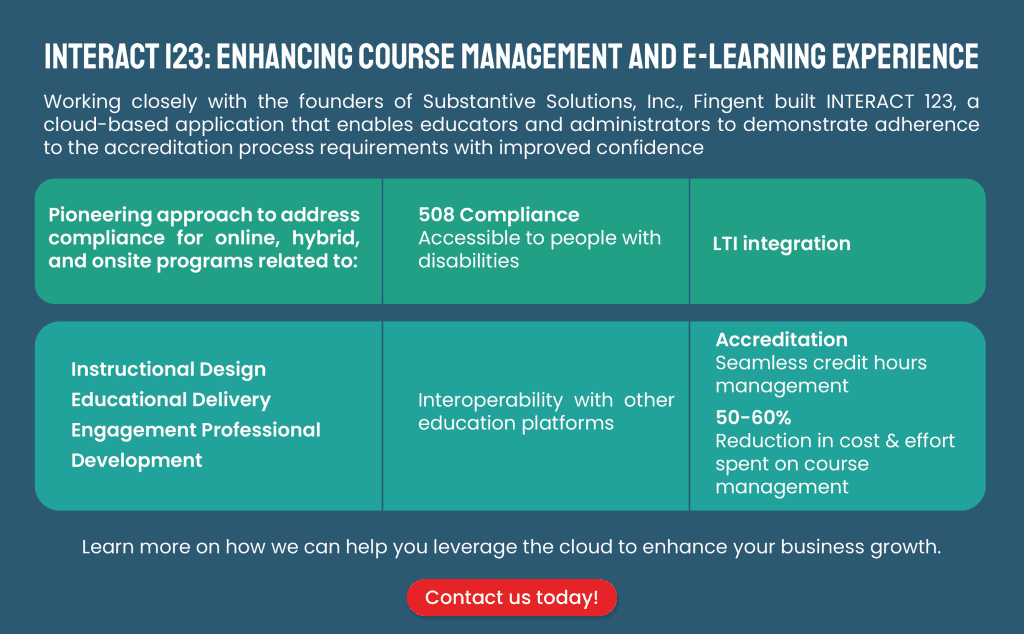Cloud Service Models Saas, IaaS, Paas – Choose the Right One for Your Business
A Quick Guide on the Cloud Service Models – Saas, IaaS, Paas!
The world is changing, quickly and fast; and to adapt to these growing changes, businesses are experiencing unprecedented stress on maintaining a robust and cost-effective IT Infrastructure. But thanks to Cloud Computing and its various service models – Saas, IaaS, Paas, businesses now have the option to move beyond on-premise IT Infrastructure for improved processing and storage capacity.
The future of computing is in the cloud! Missing out on it can definitely slow down the progress and performance abilities of a company. But before we dig deeper on how to seamlessly deploy Cloud Computing, let’s shed some light on what is cloud computing and what are cloud service models?
What is Cloud Computing?
If simply put, Cloud Computing is a model that offers convenient, on-demand network access to a pool of shared resources. This may include data storage, databases, servers, networking, tools, or any other resources that can be accessed through the internet. Speaking of cloud server models, cloud computing is offered in various service models, each of which satisfies unique business requirements. These servers are mainly of three types: Software as a Service (SaaS), Infrastructure as a Service (IaaS), and Platform as a Service (PaaS), about which you will read in detail below.
Once signed up with cloud service models Saas, IaaS, and Paas, one can leverage wider possibilities to bring flexibility and efficiency to support greater business growth. Enterprise cloud platforms like InfinCE makes this transition to the cloud even more seamless, providing the right security, control, and flexibility to scale and adapt with time.
Over the years cloud services have witnessed exponential growth worldwide. The global cloud computing market size was valued at USD 274.79 billion in 2020. It is expected to grow at a compound annual growth rate (CAGR) of 19.1% from 2021 to 2028. With the COVID19 pandemic giving rise to remote work culture, and with many industries gaining opportunities from advanced technologies like AI and machine learning, cloud computing is turning key with its ability to empower businesses with the flexibility to innovate and transform with growing technologies.
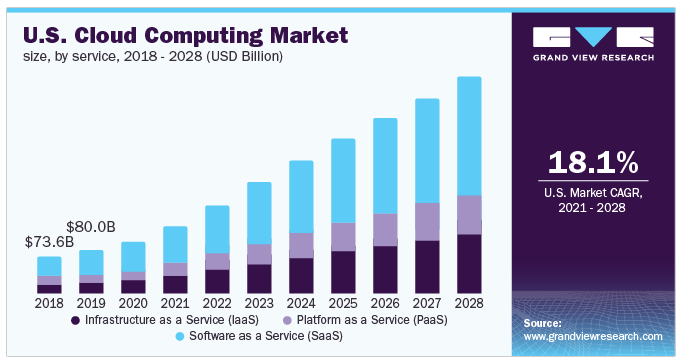
Fig: U.S. Cloud Computing Market, Source – Grand View Research
What these reports signify is a steady adoption of cloud services by businesses across the world to tackle the entire range of operations they do. Application development in cloud computing provides an extensive, flexible, and affordable way to implement cloud service models. Meanwhile, numerous leading players in the information technology sector now compete to deliver flexible cloud services for both the public and enterprises.
Increasing competition means better delivery of services and innovations, which can deeply benefit scaling up your business. Hence, now is the right time to deploy a cloud model into your business infrastructure.
What’s Ahead?
- Why does your business need Cloud Computing?
- What are Cloud Service Models?
- Adopting Cloud – Choosing between SaaS, IaaS, and PaaS
- SaaS
- IaaS
- PaaS
- What should you know about DaaS?
- Why is it important to choose the right Cloud Service Model?
- How can Cloud support your Custom Software needs?
- Cloud Service Models SaaS, IaaS, or PaaS: What fits your business?
Why Does Your Business Need Cloud Computing?
You must be wondering! Why do you need to adopt cloud service for your enterprise and what could it possibly do to widen the scope of your operations? Well, the pros of cloud adoption far outweigh its cons, which is one reason why you should consider it in the first place. Here are 3 major advantages of cloud adoption.
Scalable – A cloud service allows quick scaling up and down of computing resources to accommodate your changing needs.
Affordable – You pay less for a cloud service, as it eliminates unnecessary costs involved in hardware upgrades and maintenance.
Secure – By signing up for a cloud service, you are essentially making your data more secure using their industry-grade security protocols.
If you have envisioned a goal of making your business more dynamic, then the cloud is the way. And the question comes down to this: what type of cloud service model would you implement and which one will fit your unique business requirements?
Read more: How InfinCE, an integrated cloud platform, simplifies business management & collaboration!
What are Cloud Service Models?
Cloud computing services come mainly in three types of service models: SaaS (Software as a Service), IaaS (Infrastructure as a Service), and PaaS (Platform as a Service). Each of the cloud models has its own set of benefits that could serve the needs of various businesses.
Choosing between them requires an understanding of these cloud models, evaluating your requirements, and finding out how the chosen model can deliver your intended set of workflows.
The following is a brief description of the three types of cloud models and their benefits.
1. SaaS
SaaS or Software as a Service is a model that gives quick access to cloud-based web applications. The vendor controls the entire computing stack, which you can access using a web browser. These applications run on the cloud and you can use them by a paid licensed subscription or for free with limited access.
SaaS does not require any installations or downloads in your existing computing infrastructure. This eliminates the need for installing applications on each of your computers with the maintenance and support taken over by the vendor. Some known examples of SaaS include Google G Suite, Microsoft Office 365, Dropbox, etc.
2. IaaS
IaaS or Infrastructure as a Service is basically a virtual provision of computing resources over the cloud. An IaaS cloud provider can give you the entire range of computing infrastructures such as storage, servers, networking hardware alongside maintenance and support.
Businesses can opt for computing resources of their requirement without the need to install hardware on their premises. Amazon Web Services, Microsoft Azure, and Google Compute Engine are some of the leading IaaS cloud service providers.
3. PaaS
Platform as a Service or PaaS is essentially a cloud base where you can develop, test, and organize the different applications for your business. Implementing PaaS simplifies the process of enterprise software development. The virtual runtime environment provided by PaaS gives a favorable space for developing and testing applications.
The entire resources offered in the form of servers, storage, and networking are manageable either by the company or a platform provider. Google App Engine and AWS Elastic Beanstalk are two typical examples of PaaS. PaaS is also subscription-based and gives you flexible pricing options depending on your business requirements.
Adopting Cloud – Choosing Between SaaS, IaaS, and PaaS
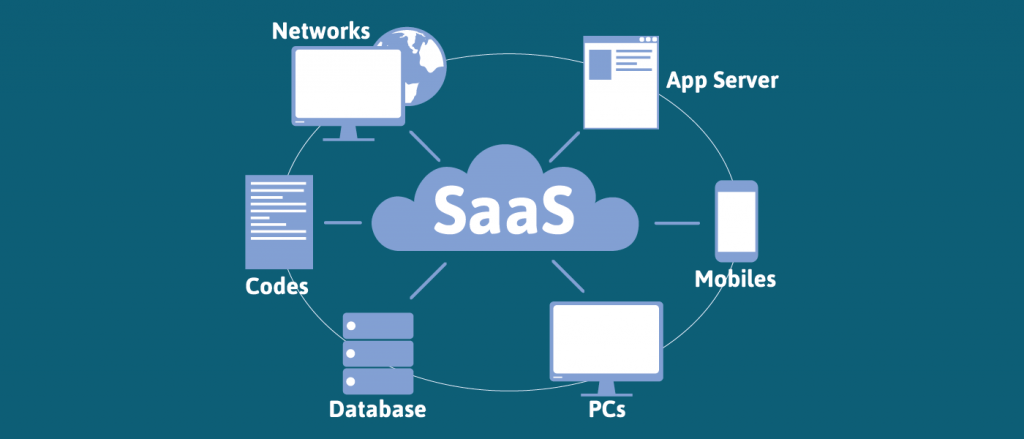
Going through the details of what SaaS, PaaS, and IaaS may have given you a general understanding of these three cloud models. Each of them differs and has a range of advantages and disadvantages that may or may not fit in with your business model.
By correlating each of these cloud models side by side, you could derive a conclusion on whether it suits your business requirements.

SaaS
Benefits:
- Affordable – SaaS is affordable as it eliminates the costs involved in the purchase, installation, maintenance, and upgrades of computing hardware.
- Anywhere Accessibility – With SaaS, you can access the services from anywhere using any device such as smartphones, which eliminates the constraints set by on-premise software.
- Ready to Use – You can quickly set up SaaS services so that they become functional in no time. All it takes is that you sign up for the service to get access to fast and powerful computing resources.
Why Should One Opt SaaS?
With SaaS, communication, transferring of content, and scheduling meetings are made easy. SaaS is the ideal choice for small-scale businesses that do not have the necessary budget and resources to deploy on on-premise hardware. Besides, companies that require frequent collaboration on their projects will find SaaS platforms useful.
Studies reveal that Supply Chain Management, Business Intelligence, Enterprise Resource Planning (ERP), and Project and Portfolio Management will see the fastest growth in end-user spending on SaaS applications, through 2022.
Things to Consider Before SaaS Implementation
- Opt for configuration over customization within a SaaS-based delivery model. The configuration will allow you to tailor without changing the core product, whereas, customization will make it challenging to scale with the constant updates and documentation.
- Understand the adoption and usage rates carefully, and set clear objectives to be achieved with the SaaS adoption.
- Compliment your SaaS solution with integrations, and security options to make it more user-initiated.
Read more: Top Trends That Will Transform Cloud Computing in 2020 and Beyond!
IaaS
Benefits:
- Minimize Costs – Deploying an IaaS cloud model eliminates the need to deploy on-premise hardware that reduces the costs.
- Enhanced Scalability – As the most flexible cloud computing model, IaaS allows you to scale the computing resources up or down based on demand.
- Simple Deployment – IaaS lets you easily deploy the servers, processing, storage, and networking to make it up and running in no time.
Why Should One Opt IaaS?
IaaS being the most flexible of cloud models gives the best option when it comes to IT hardware infrastructure. IaaS is the right option if you need control over the hardware infrastructure such as managing and customizing according to your requirements.
Whether you are running a startup or a large enterprise, IaaS gives access to computing resources without the need to invest in them separately. However, the only downside with IaaS is that it is much costlier than SaaS or PaaS cloud models.
According to Gartner’s latest report, the worldwide infrastructure-as-a-service (IaaS) market grew 31.3% in 2018 to total $32.4 billion, and in 2019 it’s projected to be worth $38.9 billion. This growth will continue well into 2022, where it’s expected to be worth $76.6 billion.
Things to Consider Before IaaS Implementation
- Clearly define your access needs and the bandwidth of your network to facilitate smooth implementation and function.
- Plan out thorough data storage and security strategy to streamline the process.
- Ensure a disaster recovery plan so that your data remains safe and accessible at all means.
PaaS
Benefits:
- Minimal Development Time – PaaS reduces the development time since the vendor provides all computing resources like server-side components, which simplifies the process and improves the focus of the development team.
- Multiple Programming Language Support – PaaS offers support for multiple programming languages, which a software development company can utilize to build applications for different projects.
- Enhanced Collaboration – With PaaS, your business can benefit from having enhanced collaboration, which will help integrate your team dispersed across various locations.
Why Should One Opt PaaS?
PaaS is the preferred option if your project involves multiple developers and vendors. With PaaS, it is easy to create customized applications as it leases all the essential computing and networking resources. Being a different model, PaaS simplifies the app development process that minimizes your organizational costs.
Besides, it is flexible and delivers the necessary speed in the process, which will rapidly improve your development times. A typical disadvantage with PaaS is that since it is built on virtualized technology, you will have less control over the data processing. In addition, it is also less flexible compared to the IaaS cloud model.
A study by Market Reports World estimates that the global PaaS market will grow at a CAGR of 24.17% during 2019-2023 and will get valued at 28.4 billion USD by the end of 2023.
Things to Consider Before PaaS Implementation
- Crucially analyzing your business needs, decide the automation levels, if it needs to be self-service or fully automated.
- Clearly determine whether to deploy on a private or public cloud.
- Plan through the customization, and efficiency levels.
What Should You Know About DaaS?
Desktop as a Service or DaaS is desktop virtualization provided through the cloud. DaaS is similar to the server deployment done in IaaS. However, it strictly specializes to offer desktop operating systems. As mentioned earlier in this blog, according to Gartner, DaaS is expected to have the most significant growth in the coming years, analyzing the 95.4% increase in Worldwide Public Cloud Service Revenue in 2020.
Providing device accessibility from anywhere and at any time, DaaS enables workforce mobility and enhances flexibility. Its offerings are mostly simple pay-as-a-go subscription models which makes it easy to scale up. With DaaS, an organization can rely on data security, disaster recovery, optimum performance, cost savings, and mobility. Enabling an easy to manage and simplified IT environment for desktop solutions, DaaS is now widely adopted amongst small businesses.
Benefits:
- Security – Along with easy accessibility and simplified management of desktops and applications, DaaS ensures enhanced security of data.
- Flexibility – As mentioned earlier, DaaS enables easy accessibility from anywhere allowing maximum flexibility. Seasonal or remote workers and contract employees can stay productive at all times with streamlined access to applications, remote desktops, and data on any cost-effective device.
- Cost savings – Providing easy monthly and yearly subscription plans, DaaS reduces the capital expense and makes operational expenses more predictable.
- Business continuity – Providing disaster recovery support, and easy access to apps and desktops to the workforce, DaaS helps running a business at all times, even during natural disasters and pandemics.
Why is it Important to Choose the Right Cloud Service Model?
The rise in remote work culture is increasing the need for streamlined collaboration and secured storage facilities. Cloud computing is one technology that has the potential to drive efficiency and opportunities for companies functioning remotely, that too without the need for significant capital investment. It goes without saying that the Cloud is rightly the superhero in town now! However, it is essential to choose the right cloud service model to truly gain the advantage and remain competitive in the market.
The ultimate requirement of enterprises today is to quickly adapt to the growing market changes and to meet the rising consumer demands. Achieving this is however not possible without leveraging the emerging technology, which is quite complex in itself. But implementing the right Cloud Service Model, that fits the business objectives, enterprise infrastructure needs, provides the right flexibility to scale, adapts easily to the company process, products, and service techniques will amplify and smoothen transformation for business, that stands imperative today!
How Can Cloud Support Your Custom Software Needs?
Although the Cloud is highly adopted for cost-effective IT operation needs, the cloud’s capabilities and offerings are now not limited to data storage for the ease of system restoration. Cloud has now the ability to run a company’s IT operations in bulk including setting up and running an environment for custom software development. The Cloud Service Models Infrastructure as a Service (IaaS), and Platform as a Service (PaaS), have just the capabilities to provide an ecosystem to custom software applications.
Find out which cloud service model fits better for your custom software development needs from the infographic below:

Cloud Service Models SaaS, IaaS, or PaaS: What Fits your Business?
The growing adoption of cloud services is a sign of the rapidly changing business environment. The forecasts and reports shed light on how the cloud is going to become the primary computing resource for enterprises in times to come. So, that suggests that your business should quickly adopt a cloud platform to leverage its wide-reaching benefits and in turn help you grow.
But, what cloud model would be apt as a solution that delivers the results that you are looking for. The above-mentioned details about SaaS, IaaS, and PaaS may have provided you with a peek into the nature of these cloud models. Each of them differs and it is up to you to address your business requirements and select one that you find apt for your needs.
To summarize, SaaS would suit your business well if you need cloud-based software like email, CRM, and productivity tools. IaaS is the perfect option if you require a complete virtual computing platform with powerful resources. If your requirement is a platform to develop and test your software and applications, then it is better to opt for PaaS.
Get in touch with our experts today to know more about our cloud services.
Stay up to date on what's new

Recommended Posts

05 Nov 2023 B2B
Cloud 101 – Getting a Good Return on Your Business Cloud Investment!
In the digital age, cloud investment is your business's propulsion, offering flexibility, scalability, and a competitive edge. However, many companies don't fully reap the cloud's benefits. The cloud's potential remains……
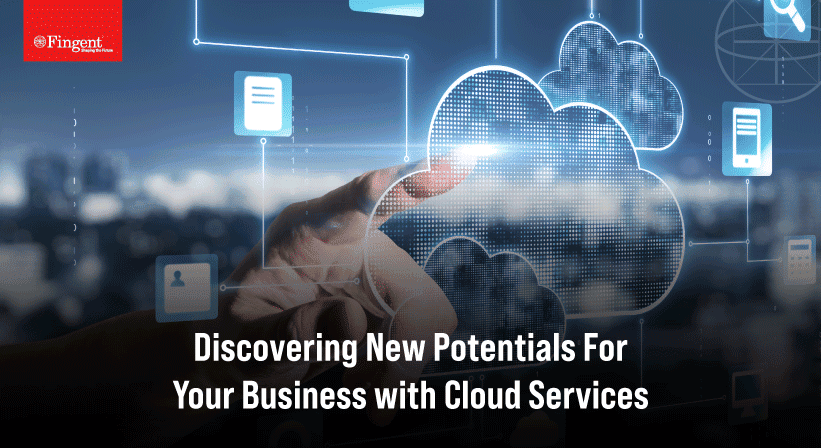
15 Oct 2023 B2B
Hyperscaler Cloud Services: The Next Step In Business Cloud Investment!
Companies can save 20% of the total annual cost if they migrate to the cloud. Hyperscaler Cloud Services can enable businesses to experiment, build, innovate, and run any form of……

30 May 2023 B2B
Cloud Application Development: Empowering Your Business In The Digital Era!
“Cloud computing is really a no-brainer for any start-up because it allows you to test your business plan very quickly for little money. Every start-up, or even a division within……
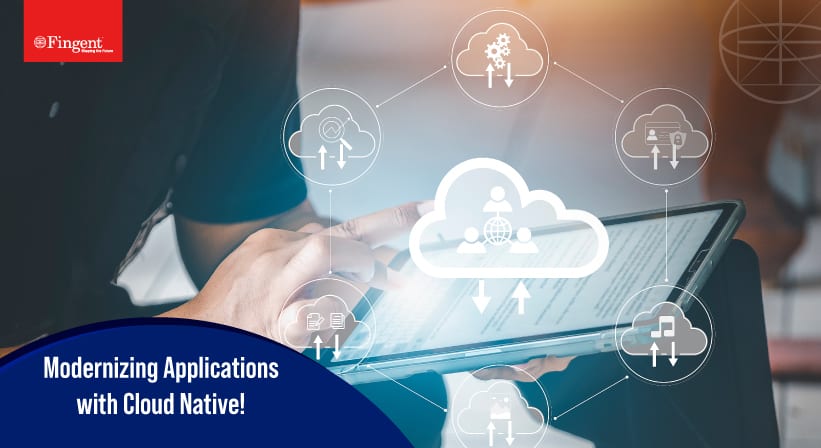
28 Mar 2023 B2B
Cloud-Native: The Modern Way to Develop Software
For more than a decade, businesses in all industries have undergone a digital metamorphosis. This evolution is marked by a transition from on-premises software solutions to cloud-based computing technology. By……
Featured Blogs
Stay up to date on
what's new



